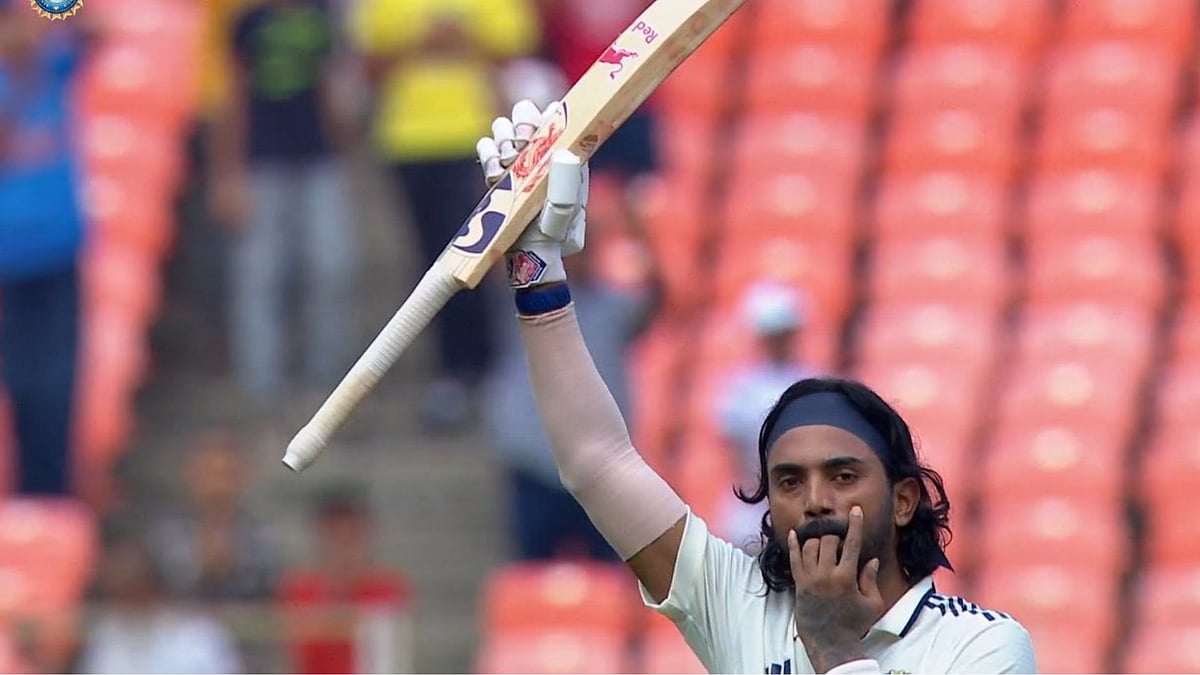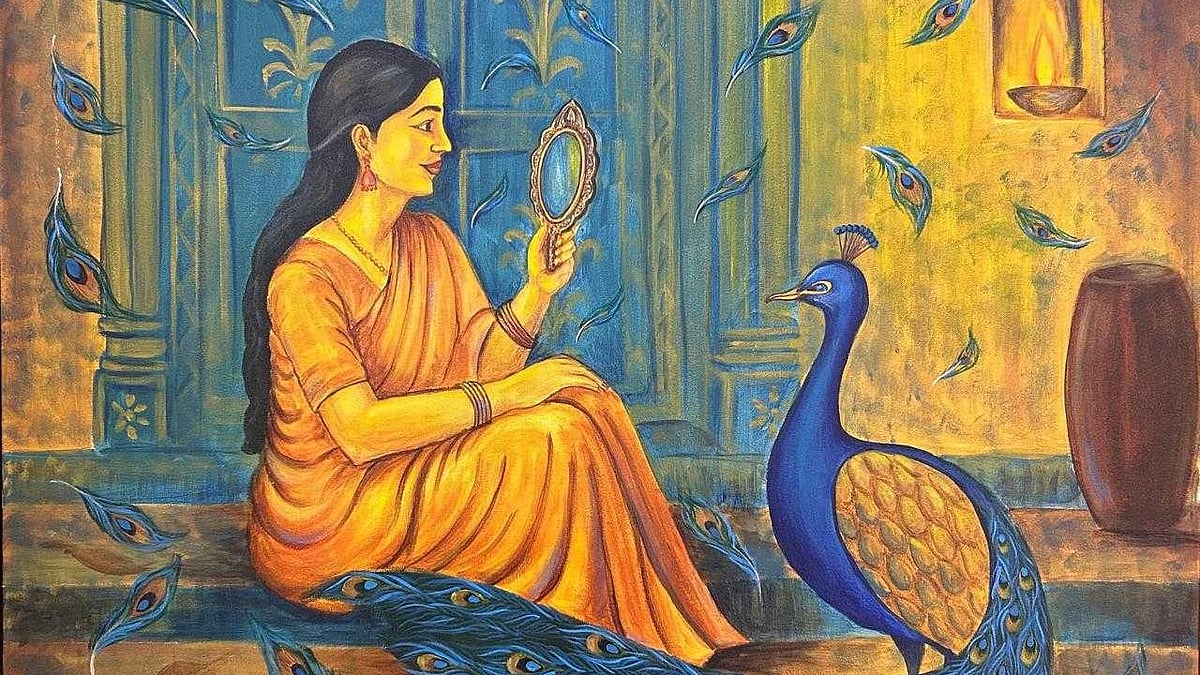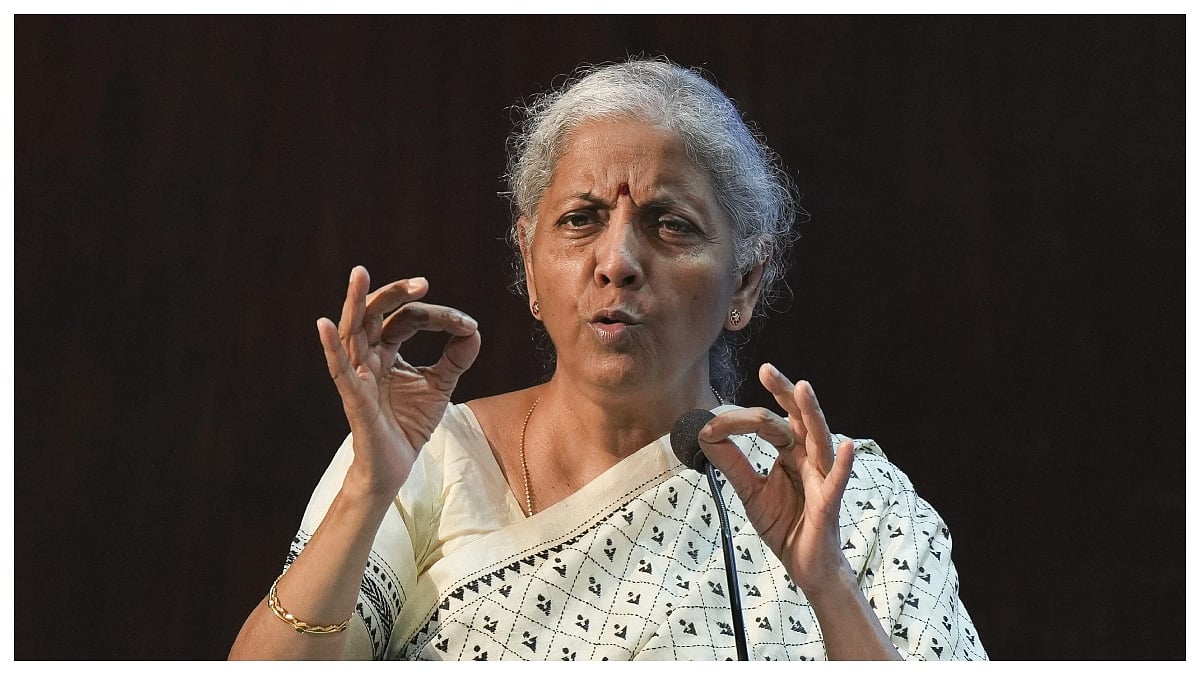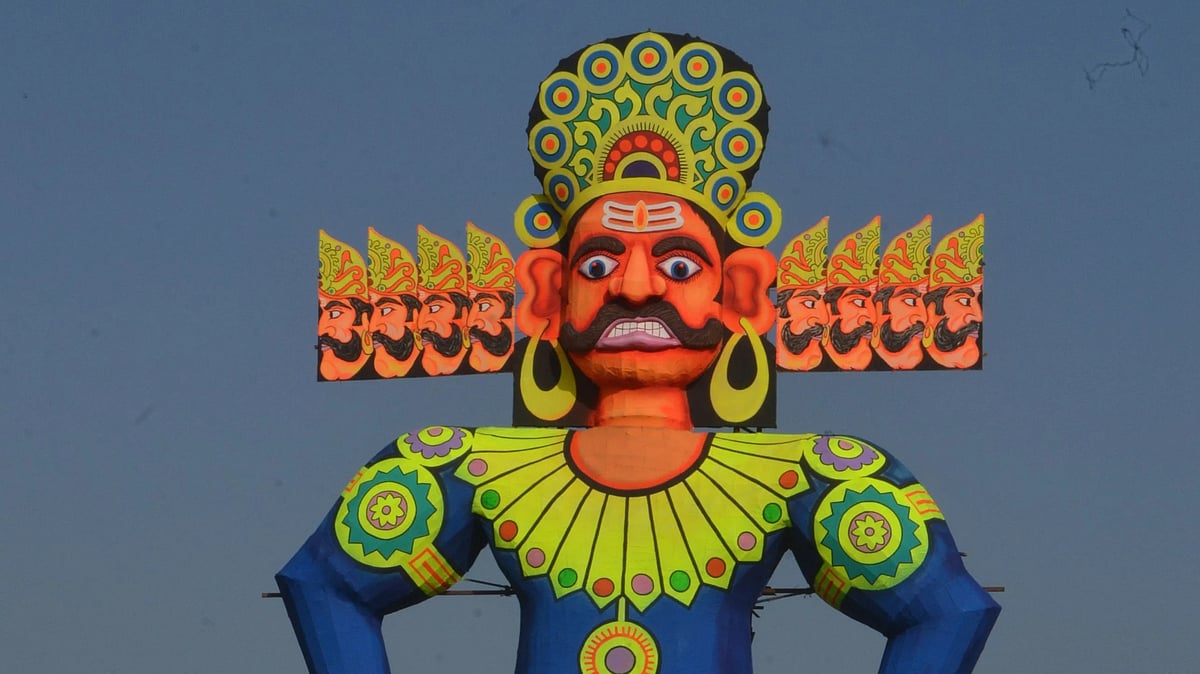“I am stranded here. I have no food. Little bit of water. If I go out, I will be shot by bullets. I will die soon. Indian Government please save”.
This was the heart-wrenching cry of a young Indian student in Sumy, a city in Eastern Ukraine where about 750 Indian students had gone for medical studies. Some of the students even contemplated walking several hundred kilometers to the Polish border; a plan which would have resulted in certain death.
If they had survived the bullets the freezing cold would have got them. His was not the only voice of desperation. In the last few days, we have seen the plight of the 18,000 students stranded in war-hit Ukraine struggling for their very existence. Fortunately, we have managed to get most of them back due to some excellent efforts put in by the Government.
A closer look at this tragedy reveals that the real villain is our faulty medical education system that has driven thousands of young boys and girls to unknown lands to pursue their medical studies.Let us examine this problemand look at some possible solutions. As of the last count, about close to one lakh Indian students have gone abroad to study medicine.
The maximum have gone to China followed by Ukraine, Russia, Georgia, Kazakhstan, and the Philippines. Availability and affordability are the two main reasons that make Indian students go abroad for medical education. In NEET (the entrance exam for entering any medical college in India) last year, 16.1 lakh students registered for the exam, 15 lakhs wrote the exam, and about 70% qualified.
However, the number of seats in medical colleges - both private and the government is less than a lakh and so more than 90% of the students who passed NEET could not get into a medical college. The medical profession is not only lucrative but many students wish to make it a career to serve humanity. So, rejected by the system they seek admission to overseas medical colleges.
Interestingly, Neeraj the young man from Karnataka who died in the crossfire in Ukraine was a topper with 97% marks but had to go to Ukraine because he could not get admission. Affordability is another factor that drives students to unknown towns in foreign lands. About 50% of the seats are in government colleges where the fees are about Rs 1.5 lakhs to Rs 3 lakhs per annum.
Apart from this are expenses like hostel and mess charges, examination fees, etc. For a middle-class family with an annual income of Rs 7 to 8 lakhs, this is too high. In the private medical colleges it is much higher (can go ashighas Rs 1 crore for the whole course) and quite out of reach of most middle-class families.
Medical education is extremely important in a country like India where penetration of health services has remained low even after 75 years of independence. Precise figures are difficult to find but the nearest we have is 0.75 Doctors for 1000 population. This compares poorly not only with western countries which have over 3 Doctors per 1000 population but even with China which has 1.5 doctors per 1000 population. If one looked at the in rural India it is a frighteningly low 0.2 doctors per 1000 population. There is a huge gap to be filled if we are to provide essential medical facilities to our population.
The government has recognised the need to improve the availability of medical seats but has asked the private sector to step indo the job.In my view, this is impractical for several reasons. Firstly, as the rules stand today it does not make financial sense for anyone to setup a medical college. It costs about Rs 200 crores to start a medical college in India. Apart from this cost, the applicant musthave a referralhospital along with the college with a bed capacity of 300.This increases the capital cost astronomically and such a hospital can become viable in my view only after 10 years of investing.
Furthermore, with such a high cost the students will have to be charged about Rs 50 lakhs per entire course which is outside the affordability of most Indians. What is the solution? If we are to get the private sector to start medical colleges, we need to relax the condition that they must have a referral hospital attached to them. We could get these colleges to tie up with other hospitals and use them for training the students in practical aspects of a medical course.
There could be cost and income sharing models with private and government hospitals. That will bring down the cost of setting up a hospital considerably. Secondly, we can create a long-term funding agency that can give low-cost and long-maturity loans to entrepreneurs setting up medical colleges. That will improve the cash flow of these colleges enormously. Thirdly, the government should provide low interest to all students who get admission to medical colleges.
The students can start repaying the loan with interest after they graduate and get a job. This will take care of the problem of affordability of medical education. Having said this, the government cannot give up its responsibility to set up medical colleges for the next five years atleast especially in semi-urban areas.
It is as important or even more as building roads and ports. The health of the nation comes even before the wealth of the nation. Hopefully, the Ukraine crisis has made the powers-that-be open their eyes to this dictum.
(The writer is an investment banker and a political commentator. His Twitter handle is @pnvijay)











